|
We've been waiting for a sunny and calm morning to do our inside the hive inspection (and for me to model my new beesuit :^) Today was perfect with morning temperatures in the mid-60s. We gave the hive entrances a few puffs of sage smoke to keep the bees calm. Our goal was to make sure that the brood comb and honeycomb were being drawn out straight and also to make sure that the queens were laying both worker and drone brood. Everything looked good: lots of brood and lovely drawn honeycomb. Can you spot the baby bee? Bonus image: the day after we hived our second swarm we noticed freshly excreted wax under the hive; it looked like a pile of ice chips. Before swarming the bees the bees load up on honey so they are ready to draw comb when they find a new home. Apparently, they couldn't harvest it fast enough! This little pile fell through our bottom board which was why we could see it.
0 Comments
Bee Image from Flow Hive Forum We are once again hosting bees! We hived a swarm captured from a neighbor's tree on April 30th, and hived our second swarm two weeks later-delivered by our friend Marvin. We are using our Danish Sweinty Langstroth Polyhives this year and so far our bees seem to be very happy with their new homes. This week we are seeing thousands of bees each afternoon doing their orientation flights. I decided it was time to reacquaint myself with the Life Cycle of the Honey Bee, and here is what I found out about worker bees. Click the link to read about queens and drones :^) Life Cycle of the Honey Bee
The lifecycle of a honey bee consists of three main stages: the larval, pupal, and adult stages. Within a normal hive situation, a single queen bee lays fertilized and unfertilized eggs. Fertilized eggs can hatch worker and queen bees, unfertilized eggs hatch drone bees. Eggs hatch after about 3 days, but development rates and processes vary among bees within the hive, as well as between species in the genus Apis. Worker Bees Worker bees are female bees that hatch from a fertilized egg. After hatching, the bees spends an average of six days in the larval stage. During the first few days larvae are mass-fed a compound known as “worker jelly” or “brood food”- a mixture of fluids produced by the hypopharyngeal food glands and the mandibular glands of adult worker bees. Larvae are fed between 150-800 times per day for up to three days before the diet is changed to a less rich content and less frequent feeding schedule. During the larval stage fat bodies are built up that are able to store lipids, glycogen, amino acids, and mitochondria bodies for later use in the pupal stage. After eight or nine days, the brood cells are capped and the larvae molt. They begin to spin a cocoon with silk produced from thoracic salivary glands, this marks the beginning the pupal stage. The pupal stage is when most parts of the adult bee form; the wings, legs, abdomen, internal organs, and muscles. Pupae draw upon the stores of the fat bodies built up during the larval stage during this period of growth. Stored lipids, amino acids, and glycogen fuel the continued growth of the developing pupa. After about 20 to 21 days, the pupa chews through the brood cell cap and emerges as a teneral or callow bee. These newly hatched bees do not leave the cell for three to four hours, as they have a soft skin, or cuticle, that takes time to harden. Once emerging from the brood cell, bees must feed within a few hours. Without the bacteria and proteins that ingesting pollen brings, the development process and lifespan of the bee can be threatened. Young bees spend the first one to three weeks of their lives carrying out functions within the hive. These tasks include feeding and cleaning larvae, cleaning the hive cells, building comb, guarding, patrolling, accepting pollen from foragers, storing, curing, and packing pollen, and more. After about three weeks the glands that produce larval food and wax begin to degenerate. The bee moves from the brood nest and begins integration into the life of a forager. Worker bees typically live 15-38 summer days. In the winter, changes in the bees anatomy- specifically well-developed hypopharyngeal glands and an increased supply of fat bodies, enable worker bees to live 140-320 days. ~from Evergreen's The Terroir of Honey, Spring 2016 |
AuthorTracey Byrne~ Categories
All
Archives
June 2024
|
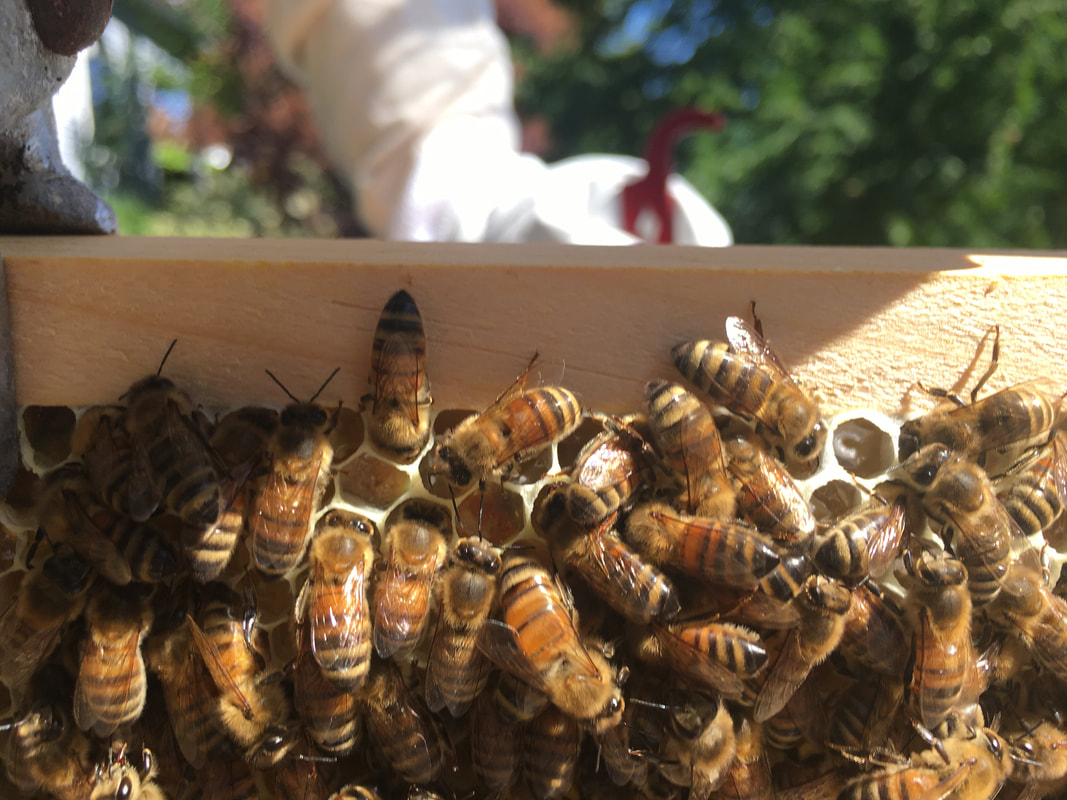
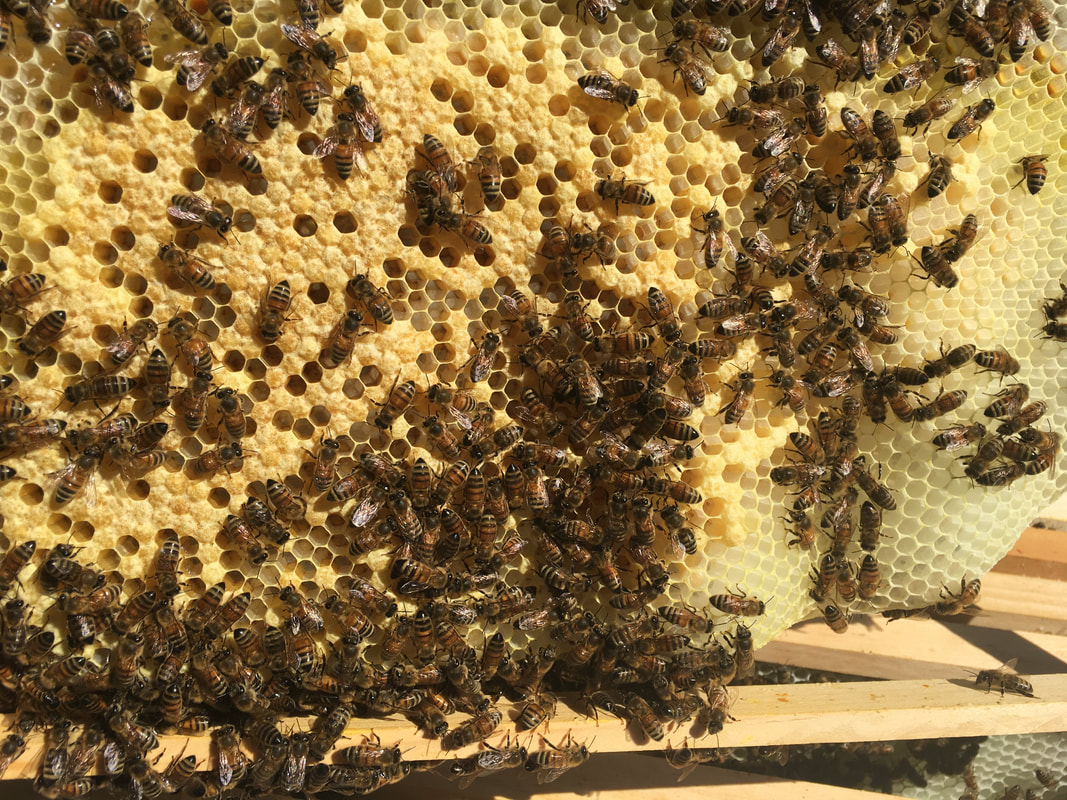
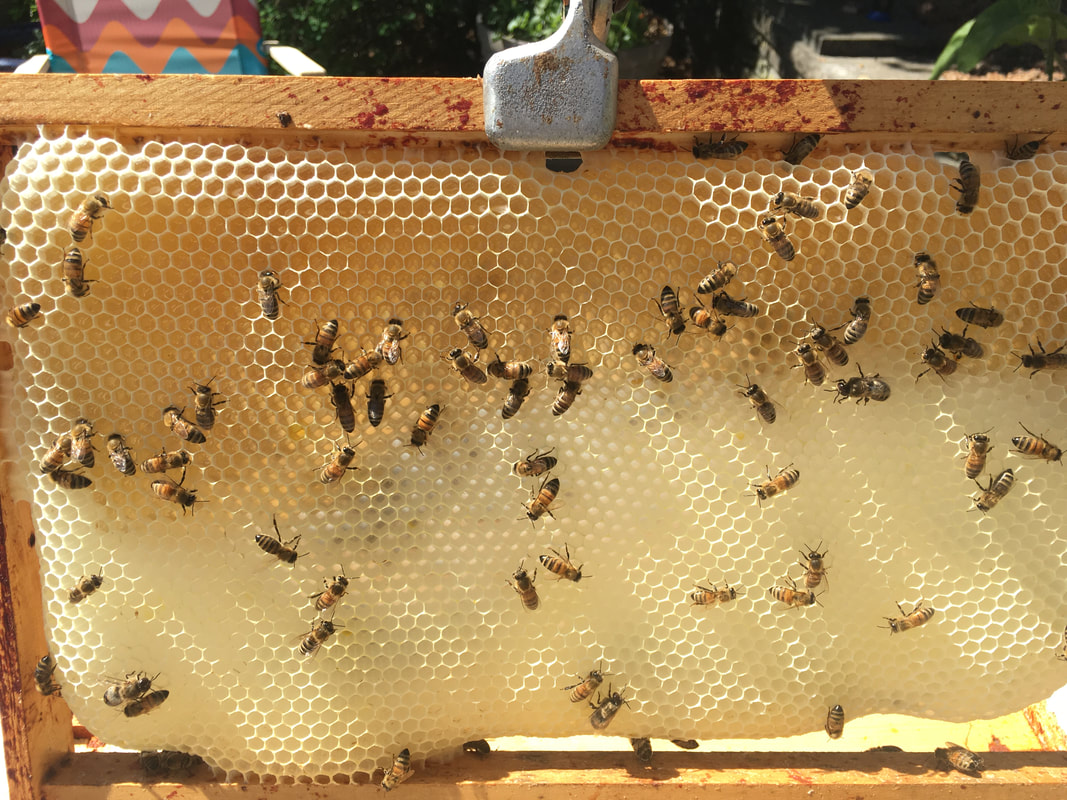
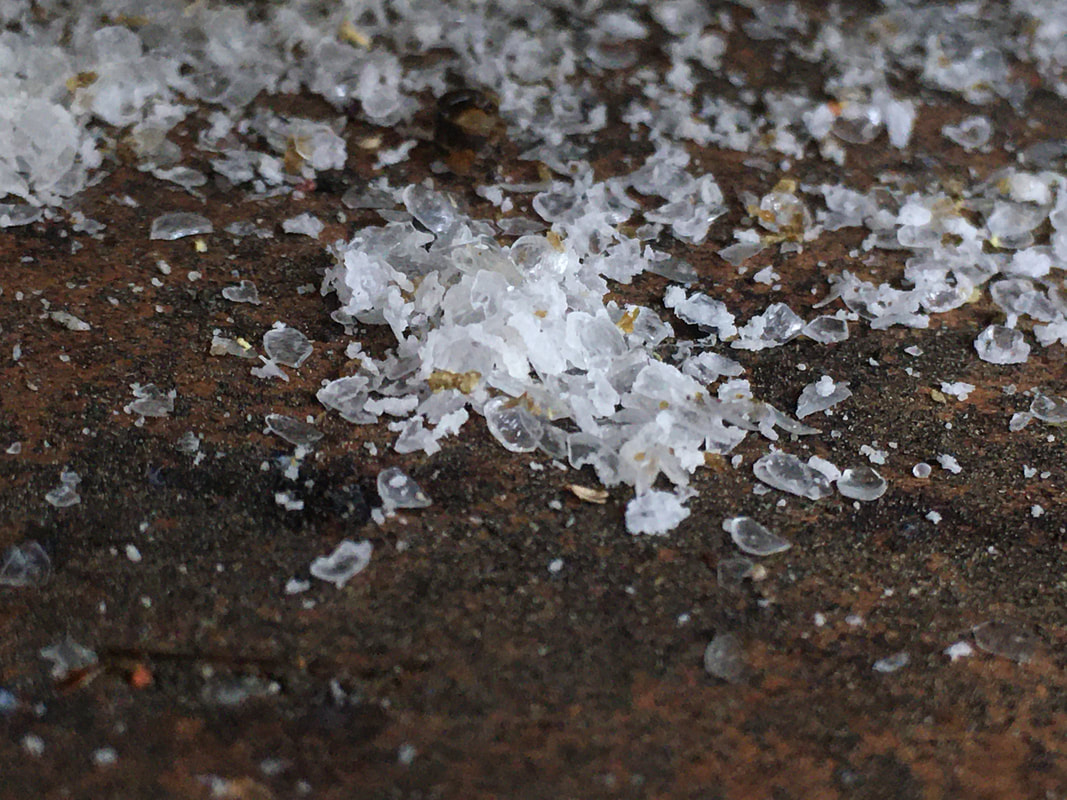
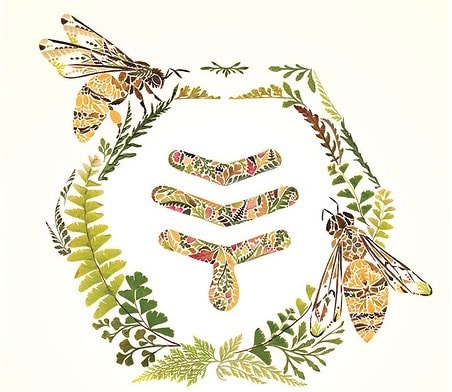

 RSS Feed
RSS Feed
